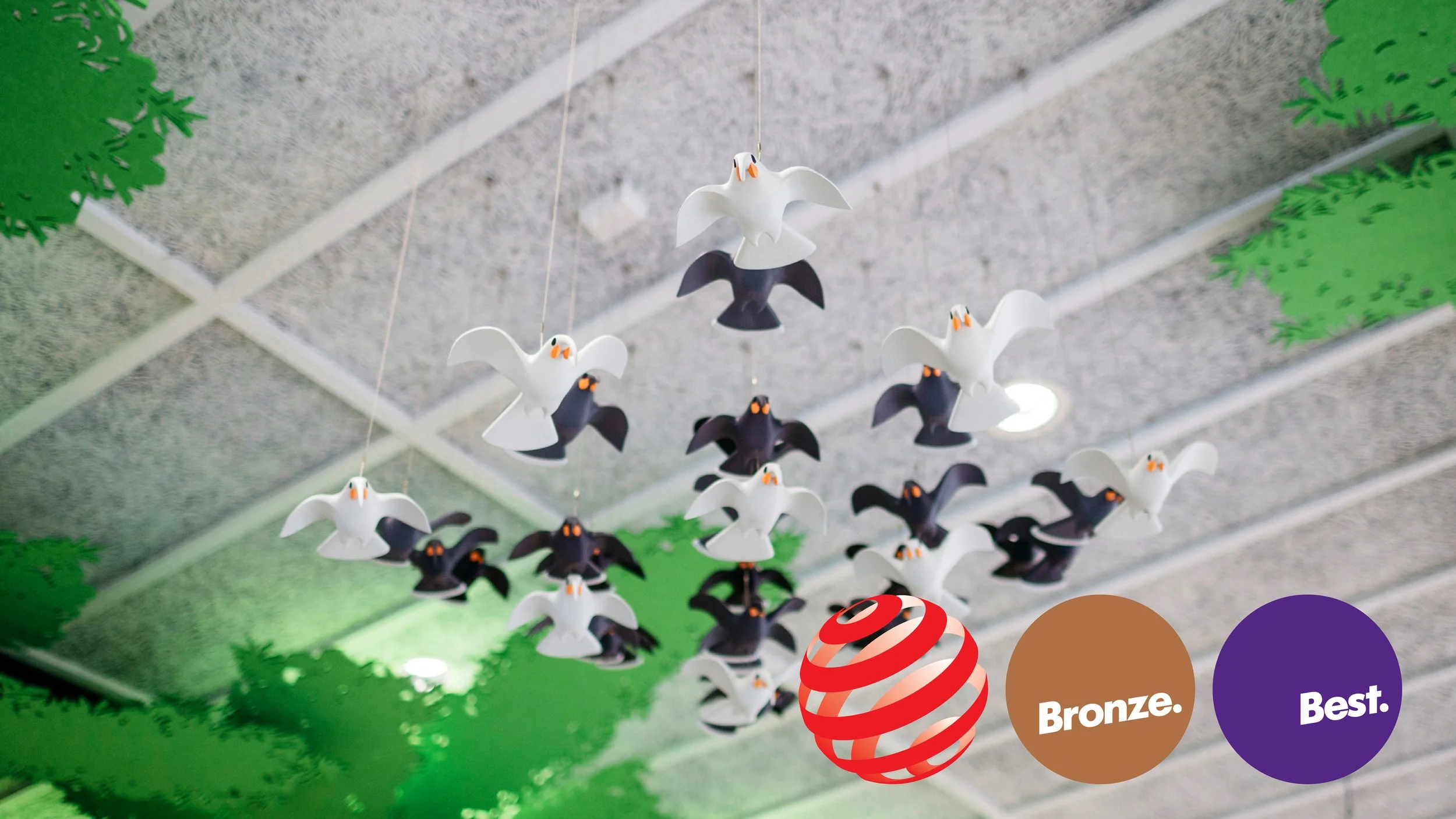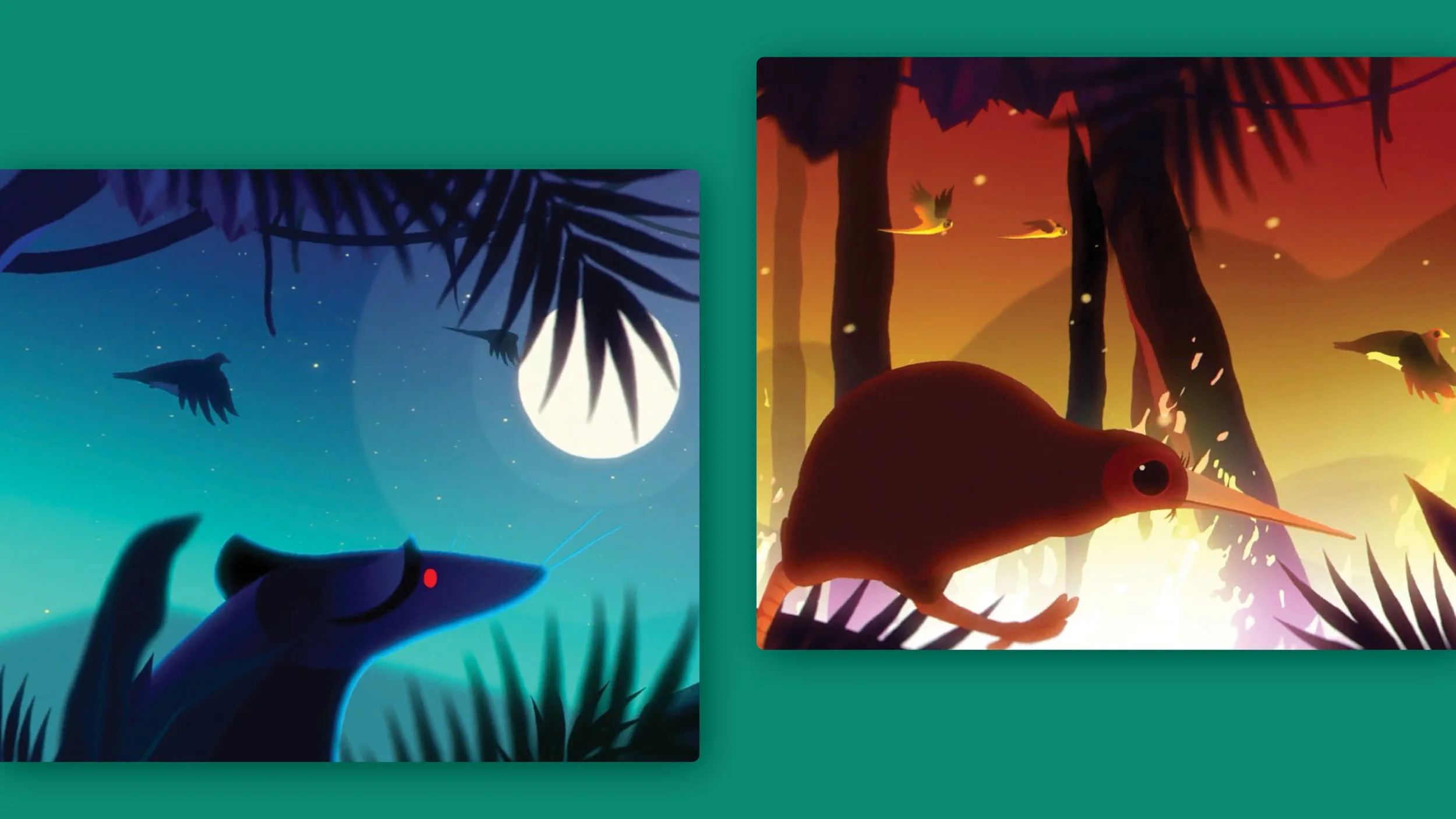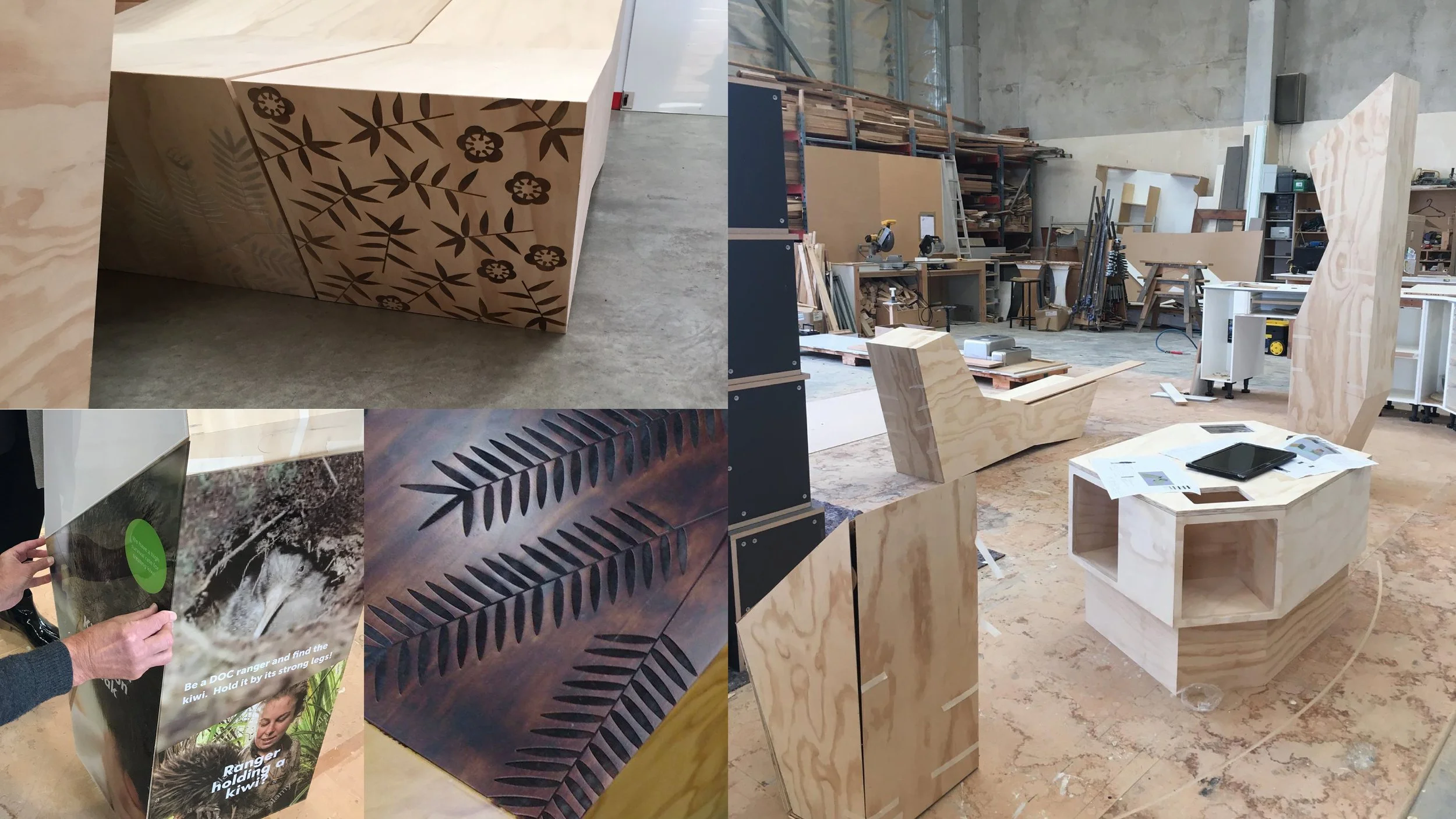Teaching us all to become kaitiaki to our native manu
Central Energy Trust Wildbase Recovery provides a unique experience, offering New Zealanders and international visitors a rare opportunity to engage with the stewardship of our native taonga. Opening to the public in 2019 as part of Explore Esplanade, a PNCC community event, the facility includes a breeding and inflight walkthrough aviary, nine rehabilitation aviaries, and the PowerCo Education Centre. This centre guides Manuhiri through interactive displays and tangible learning experiences focused on animal welfare and conservation.
Understanding the audience
The centre was designed to engage school groups, educators, and the general public with conservation education. It offers a hands-on, immersive experience that inspires visitors to become kaitiaki of native wildlife. Bilingual storytelling in English and te reo Māori, developed in collaboration with Rangitāne o Manawatū, ensures accessibility and inclusivity. Unlike static exhibits, the centre provides a dynamic experience where recovering patients serve as real-time conservation ambassadors.
Strategic approach
Open Lab and the academic expertise of Tanya Marriott and Stuart Foster were commissioned to lead the conceptualisation, design, and fabrication of all narrative, spatial, furniture, graphic, illustrative, and interactive content within the education centre and the broader facility.
Partnering with Rangitāne o Manawatū and conservation experts to ensure authenticity and depth in storytelling.
Integrating signage and interactive elements that seamlessly align with the centre’s architectural design and established visual identity.
Highlighting conservation messages through the ever-changing number of rehabilitating patients, offering visitors a dynamic, real-time learning experience.
Responsibilities
Leading creative direction across all visual communication aspects, including interior and exterior signage.
Acting as client liaison, leading design presentations and feedback sessions.
Establishing a design system using technical specifications, design documentation, and best practices to create a cohesive visual experience.
Reviewing and refining visual elements for accessibility, hierarchy, typography, colours, imagery, and illustrations while ensuring alignment with brand guidelines.
Prototyping and testing signage at scale in real-world settings to optimise readability, clarity, and user interaction.
Managing a cross-disciplinary design team, including graphic designers, spatial designers, industrial designers, illustrators, and game designers.
Collaborating with external suppliers, such as Chapple Architecture, Capture Signs, Hughes Joinery, and copywriter Nina Mercer.
Coordinating production processes, including setting up artwork for finishes like painted returns on letter signage, router embellishments, and colour testing on acrylic panels.
Advising on materials and finishes, including furniture stains, flooring colours, concrete finishes, and interior colour schemes.
Impact
Attracting more than 100,000 visitors in the first year, showcasing strong public interest in conservation education.
Providing critical care for endangered species, with 40% of patients listed by the Department of Conservation as rare or endangered.
Rehabilitating over 120 birds, many undergoing surgery at Wildbase Hospital before returning to the wild.
Receiving national media recognition, features on RNZ, Stuff and Neat Places highlight the centre’s impact on wildlife conservation, public engagement and tourism.
Awards
2019 Red Dot Award
Design Concept2019 Bronze DINZ Best Design Awards
Designed Objects2019 Finalist DINZ Best Design Awards Toitanga
Social Good Award
User Experience – Empowering










